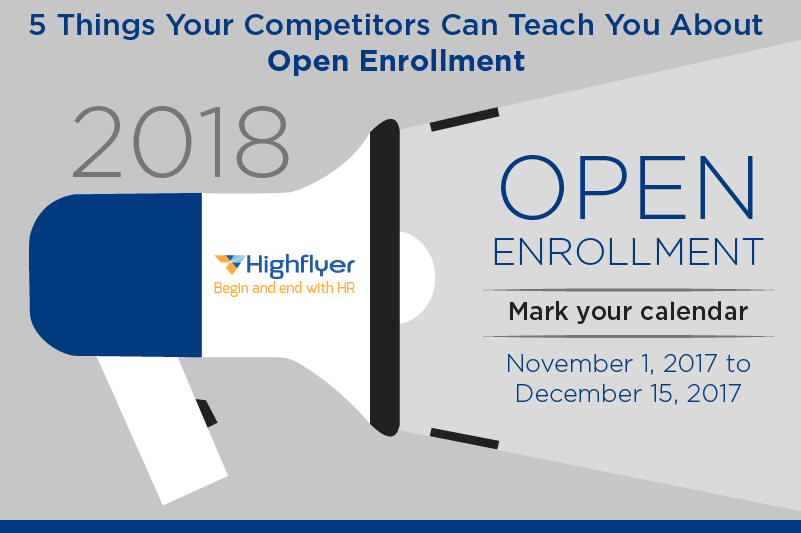
Top Employee Benefits to Attract and Retain the Best Talent: A Guide for HR Professionals
Did you know that nearly 70% of employees report that benefits play a major role in their job satisfaction and retention? In today’s competitive job market, offering a competitive salary and benefits package is essential to attracting and retaining top talent. But with so many options available, it can be difficult for HR professionals to determine which benefits will have the greatest impact on their employees.
In this guide, we’ll explore the top employee benefits that attract and retain top talent, and provide actionable tips for creating a comprehensive benefits package.
Section I: Competitive Salary and Compensation
A competitive salary and compensation package is crucial to attract and retain top talent. In addition to meeting the basic needs of employees, it can also be a powerful motivator for increased productivity and engagement. Here are some strategies that small and medium-sized businesses can use to offer competitive compensation packages:
- Conduct regular benchmarking and market analysis to ensure that salaries are in line with industry standards and regional cost of living.
- Offer bonuses based on individual and team performance to incentivize high performance and encourage collaboration among team members.
- Consider profit-sharing or stock options to reward long-term loyalty and investment in the company.
Offering a competitive salary and compensation package shows employees that their contributions are valued, which can improve morale and job satisfaction.
Section II: Health and Wellness Benefits
Providing health and wellness benefits can improve employee well-being, reduce absenteeism, and boost productivity. Here are some benefits that small and medium-sized businesses can offer:
- Comprehensive health insurance that includes medical, dental, and vision coverage.
- Fitness memberships or wellness programs that encourage employees to adopt healthy habits and reduce stress.
- Mental health support, such as counseling services or an Employee Assistance Program (EAP), to help employees cope with work-related stress or personal issues.
By investing in employee health and wellness, companies can create a positive work environment and increase employee loyalty and retention.
Section III: Retirement and Financial Benefits
Planning for retirement and managing finances can be overwhelming for many employees. Offering retirement and financial benefits can alleviate stress and improve long-term financial planning. Here are some benefits that small and medium-sized businesses can provide:
- 401(k) plans with matching contributions, which can help employees save for retirement and provide a valuable benefit that employees often prioritize.
- Financial counseling or educational resources, which can help employees understand and manage their finances, including debt management, savings, and investment options.
- Life and disability insurance, which can help protect employees and their families from unexpected events and offer peace of mind.
By providing retirement and financial benefits, companies can demonstrate a commitment to employee well-being beyond just their time at work.
Section IV: Work-Life Balance Benefits
Achieving work-life balance is a top priority for many employees, particularly those with families. Providing work-life balance benefits can help employees manage their personal and professional lives more effectively. Here are some benefits that small and medium-sized businesses can offer:
- Flexible work arrangements, such as telecommuting or flexible schedules, which can help employees balance work and personal obligations.
- Generous paid time off, including vacation and sick leave, which can give employees the time they need to recharge and care for themselves and their families.
- Parental leave for new parents, including paternity and adoption leave, which can help employees balance work and family responsibilities during a major life transition.
Offering work-life balance benefits can help employees feel valued and supported, leading to increased job satisfaction and productivity.
Section V: Professional Development and Career Growth
Investing in professional development and career growth opportunities can demonstrate a commitment to employee success and improve retention rates. Here are some benefits that small and medium-sized businesses can offer:
- Ongoing training and development opportunities, including on-the-job training, mentoring, and coaching, which can help employees acquire new skills and knowledge.
- Tuition reimbursement for employees seeking to further their education, which can help employees advance their careers and contribute more to the company.
- A clear career path with opportunities for advancement and promotion within the company, which can motivate employees to achieve their goals and remain loyal to the company.
By investing in employee professional development and career growth, companies can improve employee engagement and retention rates, while also building a stronger workforce.
Key Summary
-
Offering a competitive salary and compensation package is essential for attracting and retaining top talent
-
Health and wellness benefits, such as comprehensive insurance and wellness programs, can improve employee well-being and productivity
-
Retirement and financial benefits, including 401(k) plans and financial counseling, can help employees plan for their future and alleviate stress
-
Work-life balance benefits, such as flexible work arrangements and generous paid time off, can improve employee morale and satisfaction
-
Professional development and career growth opportunities, such as training and tuition reimbursement, can demonstrate the company’s investment in employee success and retention
Offering a comprehensive benefits package is essential to attracting and retaining top talent in today’s competitive job market. By providing a competitive salary and compensation package, health and wellness benefits, retirement and financial benefits, work-life balance benefits, and professional development and career growth opportunities, HR professionals can create a benefits package that will help their organization stand out from the competition. Remember, the key to success is customizing your benefits package to meet the unique needs of your organization and employees, and effectively communicating these benefits to potential and current employees.




